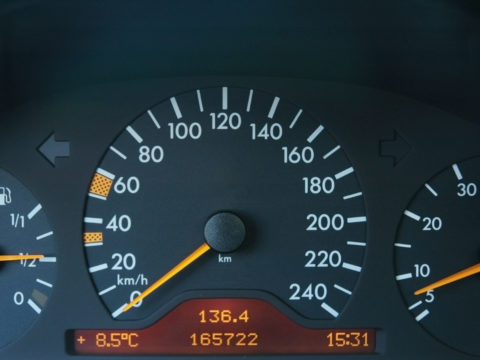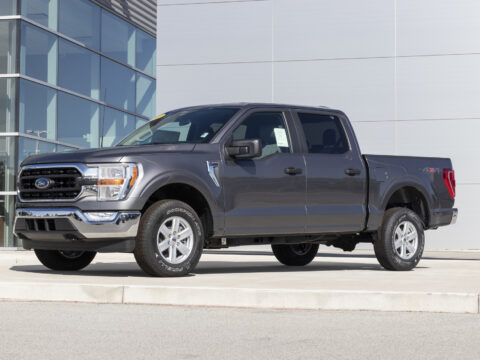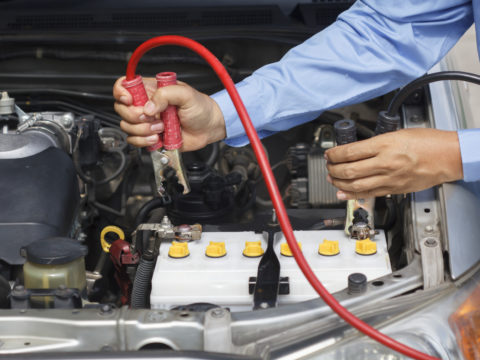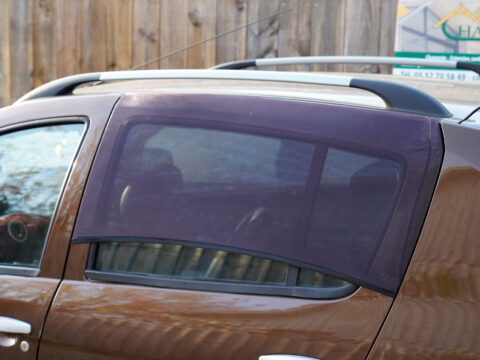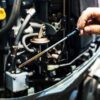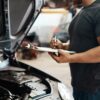If your washer reservoir is empty, there will be no fluid available. If the washer hose or nozzles are clogged, then the fluid won’t be able to travel to the windshield. Ensure that all the electrical is secured and that the pump is functioning properly.
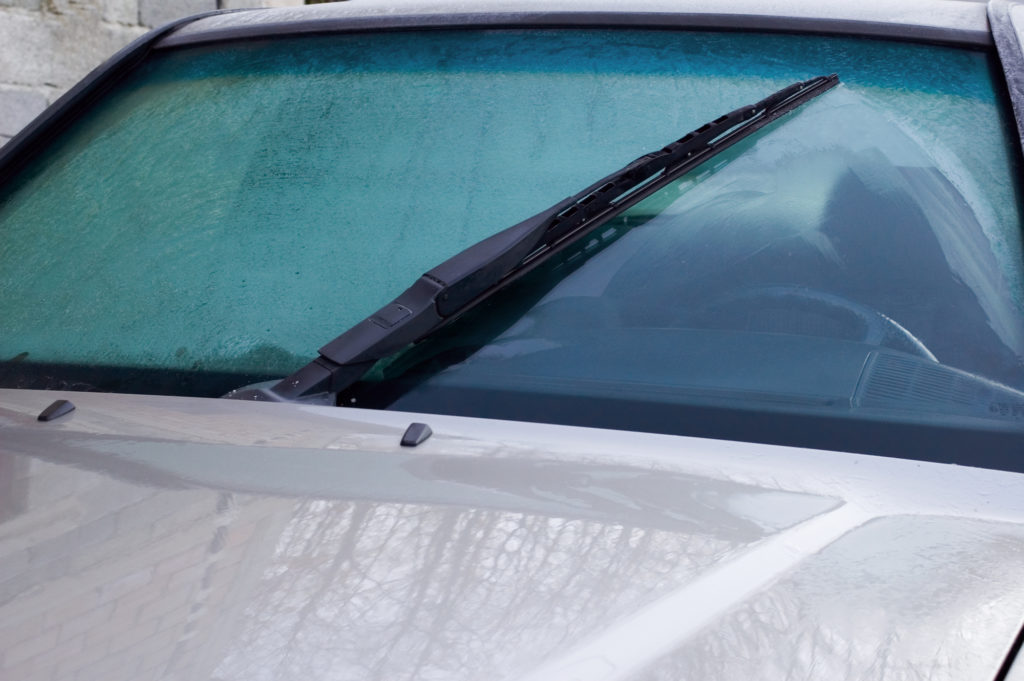
Contents
Windshield Washer Mechanism and Components
a) Windshield Washer Pump
The windshield washer pump pumps washer fluid through hoses and to the nozzles.
b) Windshield Washer Reservoir
The washer reservoir circulates washer fluid through the lines and to the washer nozzles so that it can be sprayed onto the windshield.
c) Windshield Washer Nozzle
The nozzles spray the washer fluid onto the windshield. They are located on top of the hood.
d) Windshield Washer Hose
The washer fluid travels from the pump to the nozzles through a hose. One end of the hose attaches to the pump and the other to the nozzles.
Why Would Windshield Washer Fluid Not Come Out?
a) Out of Washer Fluid
If you are out of washer fluid, there will be no fluid to run through the hose and spray onto your windshield. Check your windshield washer fluid tank and ensure it is filled with enough fluid.
b) Your Washer Nozzles Are Clogged
If debris has gotten into the nozzle, the washer fluid won’t be able to spray onto the windshield. Start by using compressed air to blow out the nozzle. Either use an air compressor hose or a can of compressed air. Spray into the nozzle in an attempt to blow out the debris. This should produce enough pressure to remove the debris, giving the washer fluid a clear path onto the windshield. You can purchase a nozzle needle designed to fit into the end of the nozzle and remove debris. A sewing needle will also work.
c) Your Washer Hose Is Damaged
If the hose has been damaged and is leaking, it is unable to transport washer fluid. Inspect the hose for any damage. Consider replacing the hose.
d) A Washer Fuse Has Blown
Vehicles are equipped with fuses to prevent shorts and electricity issues. If your windshield wiper fuse blows, there won’t be any signal for fluid to spray when you flick the switch.
Check your owner’s manual to locate your fuse box. Find the windshield wiper fuse and use a test light or circuit tester to see if it has blown. If it has, replace it with the correct fuse.
e) Wiring Issue
If any wires running power from the battery to the windshield washer pump are loose, there will be no power. Check that all wires are firmly attached and that none have become damaged.
f) Washer Pump Motor Has Failed
The washer fluid pump will fail to produce washer fluid if it has failed. Start by locating it at the bottom of the reservoir. Turn off the vehicle’s battery by disconnecting it. Remove the bolts that connect the washer pump motor to the vehicle. Then remove the harness plug that is connected to the washer pump. Use needle-nose pliers to remove the clamp on the hose and then disconnect it. You will then be able to remove the motor and replace it with a new one.
g) The Fluid Has Frozen
If the reservoir is full of summer washer fluid, it will freeze in the winter. The best way to solve this is to park your vehicle somewhere warm so the fluid can melt. You’ll then want to add winter washer fluid into the tank as it will not freeze.
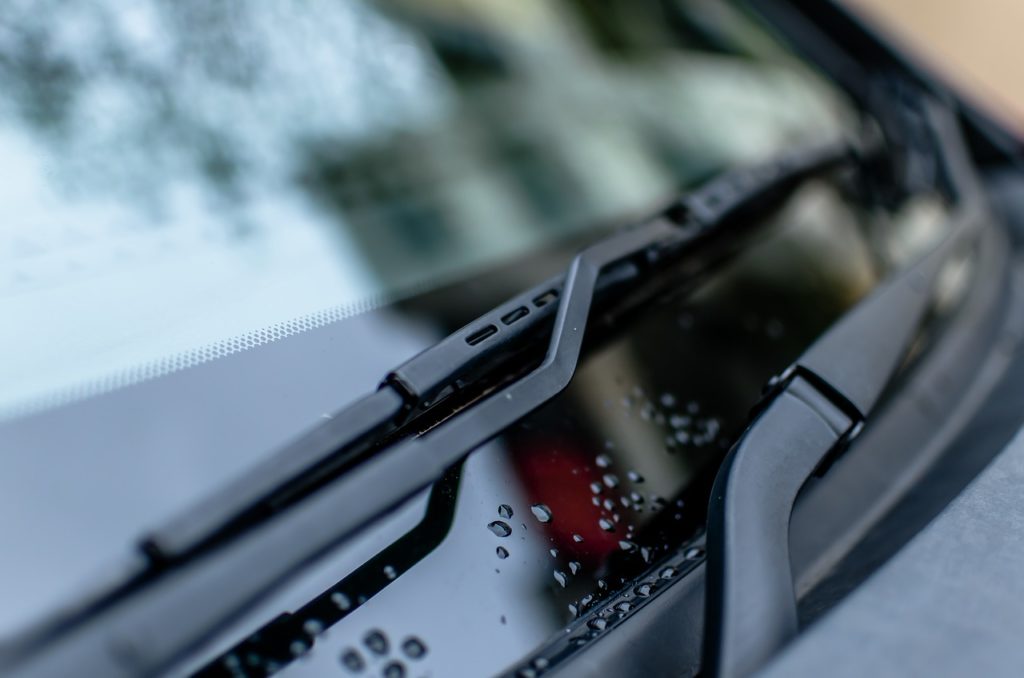
How to Fix Windshield Washer Fluid Not Coming Out
a) Check Your Fluid Reservoir
The first step is to check if there is fluid in the reservoir. If it has run empty, there won’t be any fluid available to spray onto your windshield. You should also check for any cracks or leaks. This will cause washer fluid to escape from the reservoir. If there are no damages, fill it up to the maximum line. If it is wintertime, make sure to use winter washer fluid so that it doesn’t freeze. Close the cap and see if there is washer fluid coming out when you flick the switch.
b) Check Your Nozzles
If the washer fluid still isn’t coming out, debris may have clogged in the nozzles, preventing them from spraying. The nozzles are found on the hood of the vehicle. Try using an air compressor hose or a can of compressed air to blow any debris out of the nozzle. You can also purchase a nozzle needle or use a sewing needle. Stick either one into the nozzle and try to loosen any debris. After you have cleaned out the nozzle, see if you can spray windshield washer fluid on your windshield.
c) Check Electrical
Ensure that all wires travelling from the vehicle’s battery to the washer pump are connected securely. Also check the fuse box. Find your owner’s manual to locate your fuse box as each vehicle is different. Open the fuse box and find the windshield washer fuse. Use a test light or circuit tester to see if the fuse is blown. If it’s blown, check what type of fuse is required. Replace the correct fuse.
d) Check the Hose
Next, you will want to inspect your windshield washer hose. If your hose has become damaged and is leaking washer fluid, you will need to replace it. The hose runs from the pump to the nozzles. Start by removing the hose from the pump by carefully pulling it straight off. You will then need to remove the hood insulator retainers found near the windshield washer nozzles. A flathead screwdriver will do this effectively. Pull the insulator back so that you can remove the tube from the nozzles. Remove the remaining retaining clips with the flathead screwdriver. This will free the rest of the hose. You will then be able to remove the entire hose and discard it. Put the new hose in exactly where the old one was. Attach one end into the nozzles and then push the hose into the retaining clips. Put the hood insulator back into place and reattach the clips. You will then put the other end of the hose into the washer pump. Now flick on your switch and see if windshield washer fluid comes out.
e) Inspect the Pump
If the pump has been run with no windshield washer fluid, then there’s a high chance it will burn out. To minimize this risk, don’t let your washer fluid run on empty. If your pump isn’t working, start by disconnecting the connector from the pump. Attach it to a voltmeter to see if it reads the correct rating; 12 volts. If it doesn’t, consider taking it to a mechanic or consider replacing it yourself.
How Do You Know If Your Washer Pump Is Bad?
If you’ve checked that your fuse is working and all wires are securely attached, you may have a pump issue. If the nozzles aren’t spraying and the pump is not buzzing when flicking the windshield washer switch, there is an issue. If you have followed steps 1 through 4 above, then your problem most likely lies within the pump. A pump is expensive to replace, so check with a mechanic before replacing it.
Should You Fix It Yourself?
This depends completely on your automotive experience and how comfortable you feel. If you don’t know what you are doing and mess something up, it will be costly to fix. If you decide to fix it yourself, follow this post for instructions.

